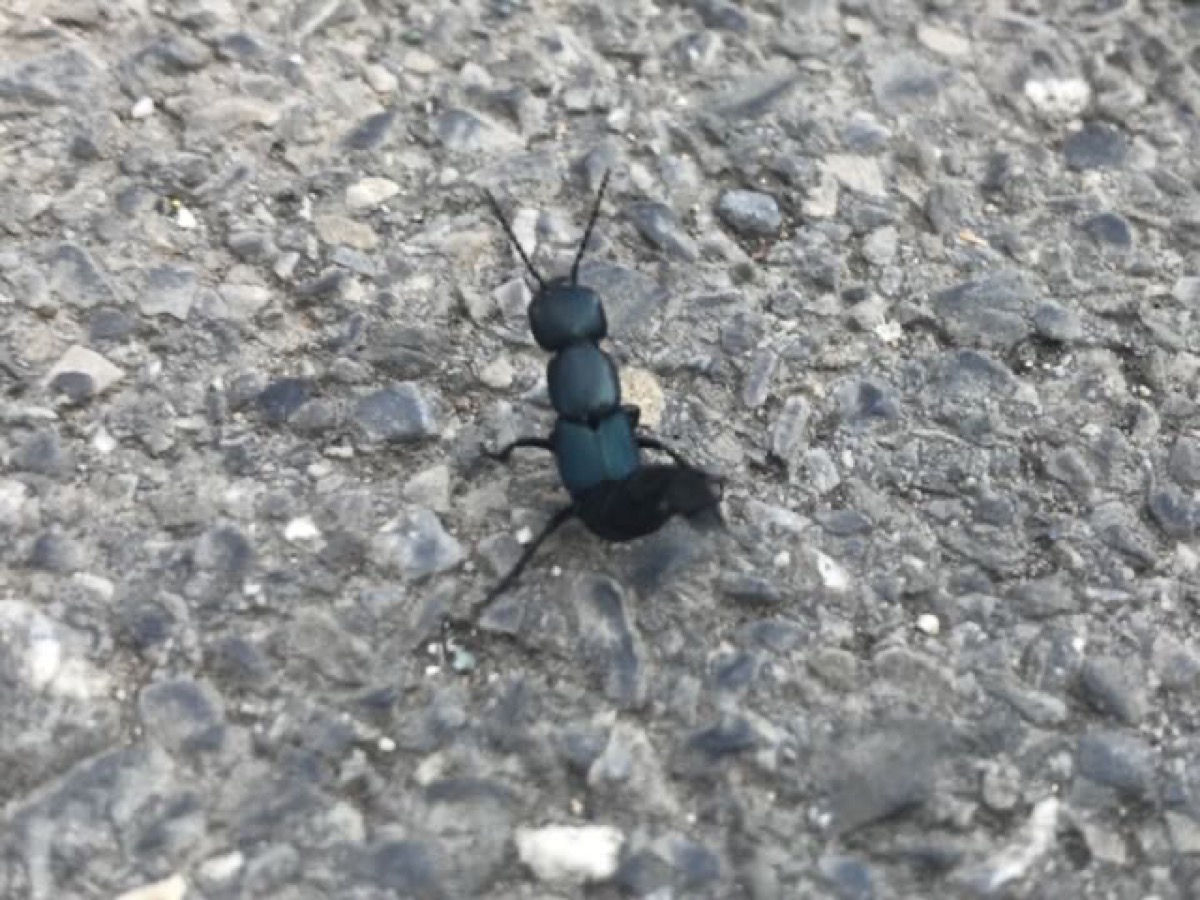The Staphylinidae – Rove Beetles
The Staphylinidae, commonly called “rove beetles”, are a family of beetles characterized by their elongated body and short pair of elytra that leave most of the abdomen exposed. This family is vast and diverse, comprising a wide variety of shapes, sizes, and lifestyles. Here is a summary of the main characteristics and aspects of the Staphylinidae:
Characteristics
Distinctive anatomy:
Rove beetles have a long, flat body with a reduced pair of elytra that generally only cover the upper part of their abdomen. This unique feature leaves their abdomen exposed and allows them to move quickly and aggressively.
Variety of shapes and sizes:
The Staphylinidae are incredibly diverse in shape and size. Some species are tiny, measuring only a few millimeters, while others are larger. Body shapes also vary, from long and slender to short and stocky.
Varied habitats:
Rove beetles are found in a wide range of habitats, from forests and meadows to wetlands and urban environments. Some are adapted to life in the soil, while others live in decomposing leaves, under bark, or even in the nests of other insects.
Diet:
The diets of rove beetles are highly varied. Some are predators feeding on other small insects and organisms. Others are scavengers, feeding on decomposing organic matter such as animal carcasses and feces. Some are also coprophagous, feeding on dung.
Life cycle:
Rove beetles undergo complete metamorphosis, progressing through egg, larva, pupa, and adult stages. Their reproductive and developmental strategies vary depending on the species.
Chemical defense:
Some rove beetles have developed chemical defense mechanisms to protect themselves from predators. They may secrete toxic or repellent substances to deter potential enemies.
Ecological importance:
As predators and scavengers, rove beetles play an important role in ecosystems by helping to control populations of other insects and contributing to the recycling of organic matter.
Scientific interest:
Rove beetles have attracted great interest among entomologists due to their diversity, unique behavior, and ecological roles. They are often used as model organisms in evolutionary biology and ecology.
The Staphylinidae – Rove Beetles have very short elytra, exposing more than half of the body. After weevils (Curculionidae), they are the second largest beetle family in terms of species number.
Staphylinidae exhibit a wide range of sizes, from under 1 mm to over 35 mm.
Genus Ocypus
Ocypus ophthalmicus – Blue Rove Beetle
These are nocturnal predators, mainly of worms, snails, and larvae. They habitually raise their abdomen when feeling threatened, like scorpions. In this posture, they can secrete an irritating and foul-smelling substance. (Source: Wikipedia)
| Order | Coleoptera |
|---|---|
| Family | Staphylinidae |
| Genus | Ocypus |
| Species | Ophthalmicus |
| Common name | Blue or smelly rove beetle |
| Identifier | Scopoli |
| Year identified | 1763 |
| Protected | Not protected |
| IUCN category (2001-2003) | Not classified |
| Habitat | |
| Diet | |
| Color | |
| Antennae | |
| Pronotum | |
| Elytra | |
| Legs | |
| Range | Europe, Palearctic region |
| Min size | 17 |
| Max size | 22 |
| Period start | |
| Period end |
